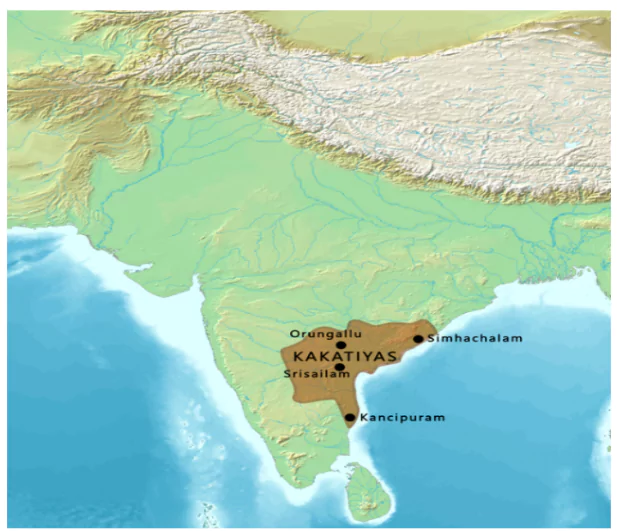![]() May 14, 2024
May 14, 2024
![]() 5626
5626
![]() 0
0
The Kakatiyas, emerging from a Telugu lineage, rose from feudal status under the Western Chalukyas to establish their independent kingdom in the 10th century. Led by rulers like Ganapatideva and Rudramadevi, they expanded their territory and left an indelible mark on the Deccan region. Their reign witnessed remarkable achievements in art, architecture, and governance, fostering cultural vibrancy and economic prosperity.
 Origins and Early Phases:
Origins and Early Phases:
| Must Read | |
| Current Affairs | Editorial Analysis |
| Upsc Notes | Upsc Blogs |
| NCERT Notes | Free Main Answer Writing |
The Kakatiya dynasty, coming from Telugu roots, thrived as a symbol of rich culture and strong leadership in the Deccan region. Through their patronage of art, promotion of language, and architectural marvels, they left an enduring legacy that continues to influence the region’s identity. The Kakatiyas stood as stalwarts of religious tolerance, economic prosperity, and dynastic glory, leaving an indomitable mark on the tapestry of Indian history.
| Related Articles | |
| The Deccan Plateau: India’s Diverse Geographical Marvel | Major Important Temples Of India |
| AGRICULTURAL DEVELOPMENT | Art & Culture |
<div class="new-fform">
</div>
Latest Comments